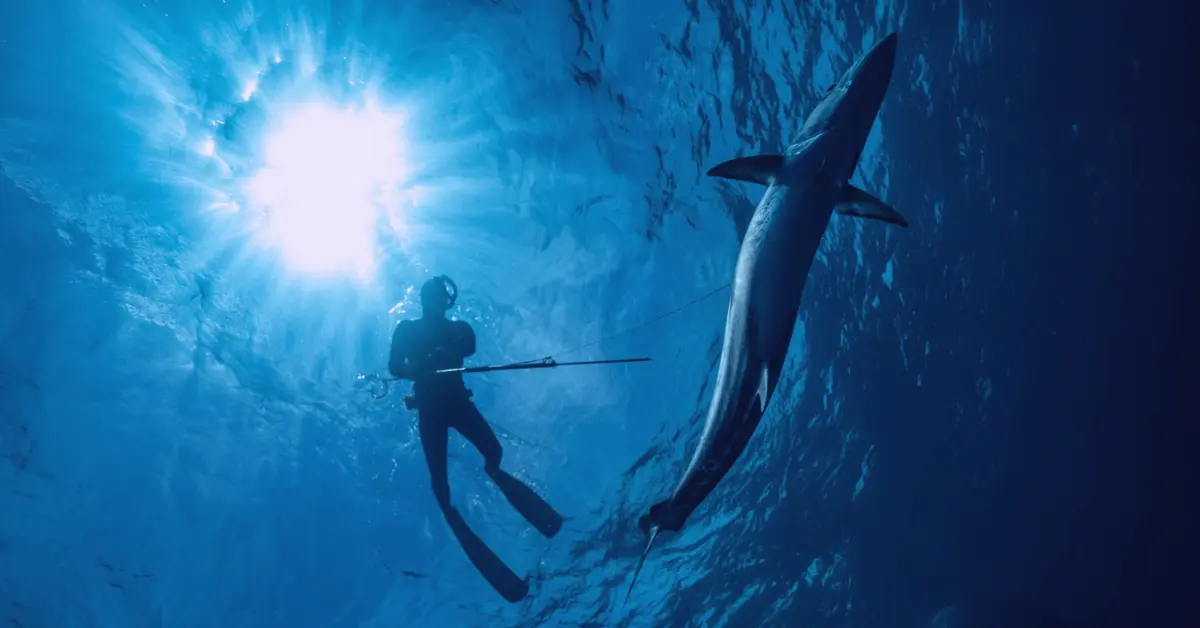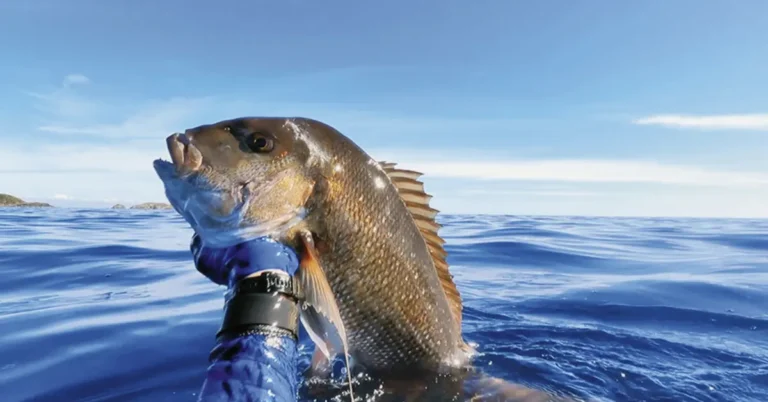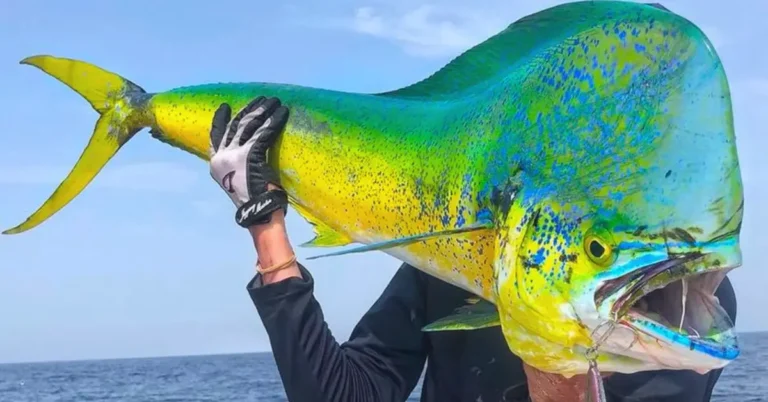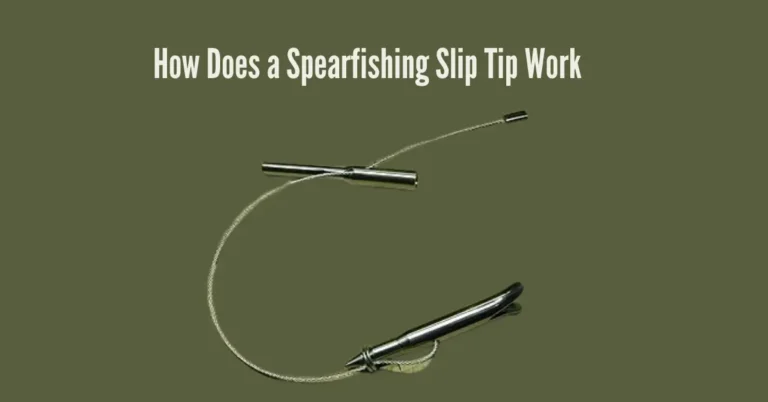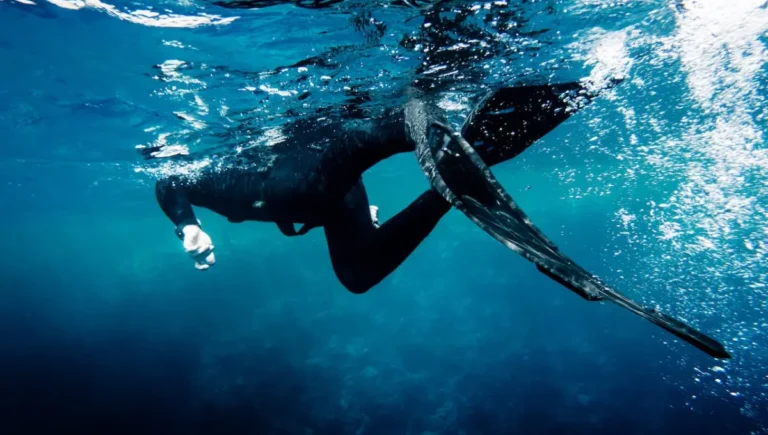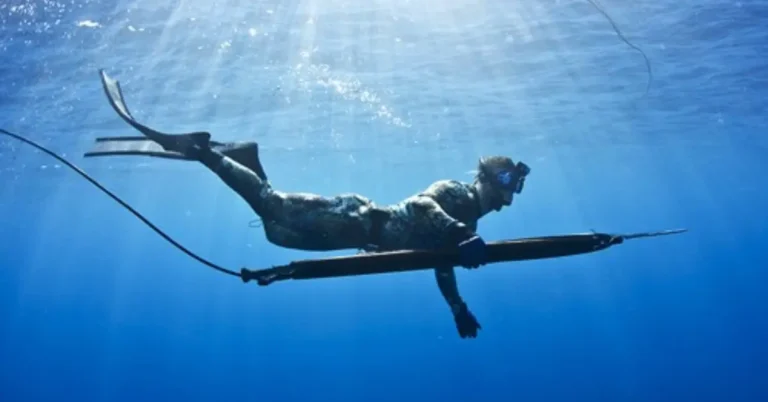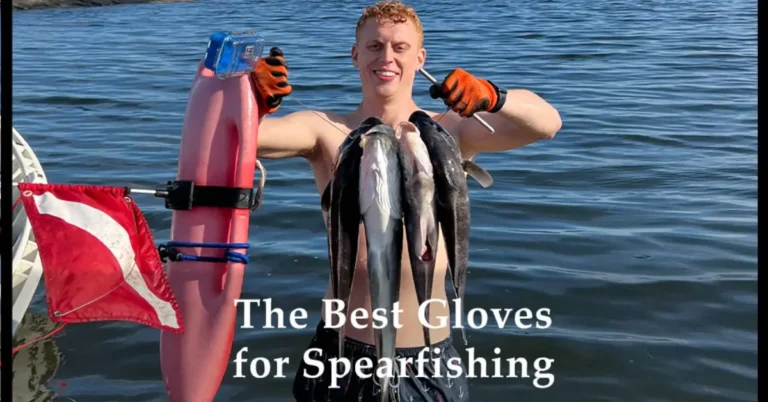How to Go Spearfishing and Be Safe and Responsible
Spearfishing is an underwater sport where you hunt fish using a speargun while diving without air tanks. It’s thrilling but can be risky like surfing or windsurfing. Safety is crucial! Learn about safe practices first. Ensure your shot is humane for the fish.
Always act responsibly and respect the environment. Understand the laws regarding spearfishing in your area. You’ll need specific equipment for this sport. If this bothers you, it’s best not to watch. Stay safe and enjoy the adventure!
Also Read: What Is a Float Line Used for in Spearfishing?
Guide to Safe and Responsible Spearfishing
| Name | Quick Answer |
| Health and Safety | Check your health and dive safety. Only dive within your limits. |
| Humane Shot | Only shoot when you can ensure a humane and successful kill. |
| Responsible Behaviour | Mind overfishing and respecting others and the environment. |
| Legal Aspects | Comprehend and abide by all applicable laws and regulations. |
| Equipment | Wear proper gear like a speargun, wetsuit, mask and carry a knife. |
| Technique | Start small, practice diving skills, and retrieve catches humanely. |
Step 1: Health and Safety
- Check Your Health: Your Safety Comes First If you have health issues like heart/lung problems, ear infections, or you’re not fit, skip spearfishing.
- Don’t Risk It All for a Fish: Some have died trying to retrieve a catch. Don’t get obsessed.
- Dive Smart, Dive Safe: Deeper dives are riskier. Watch out for shallow water blackouts. Always have a buddy.
- Know Your Limits: Don’t push too hard. Rough conditions, going too deep, or staying under too long can be dangerous. Dive with a buddy if going below 6m.
- Handle Your Gear Safely: Never load or use your speargun out of the water. Always use safety measures.
- Gear Up Right: Wear proper diving gear like wetsuits, fins, and gloves. Carry a diving knife for safety.
- Stay Together: If you split from your partner, keep track of each other and stick to agreed boundaries.
- Check Water Quality: Avoid dirty water areas. They can make you sick.
- Mind What You Shoot: Avoid shooting large or dangerous animals like sharks, seals, or stingrays.
- Respect Anglers: Stay away from anglers, they can get upset. They might pose more danger than sharks!
- Avoid Shark Areas: If you have to dive in shark-infested waters, don’t carry dead fish. Sharks are attracted to blood.
- Beware of Hazards: Look out for dangers like weaver fish, wrecks, or sharp fish spines.
Step 2: Ensuring a Humane Shot
- Aim for Success: Don’t take random shots at fish. Make sure you have a high chance of killing the fish with your shot.
- Close is Key: Only shoot if the fish is within a reasonable distance. For larger fish, you might need a stronger speargun.
- Wait for the Right Moment: Don’t shoot at a fish if it’s facing away from you. Wait until it turns to the side. If it’s facing you, only shoot when it’s very close.
- Be Mindful of Others: Check for other fish behind your target. You don’t want to accidentally injure them. Wait for a clear shot or move on.
- Consider Fish Behavior: Some fish are curious and may approach the spear tip. Use this to your advantage, but always be sure of your shot.
Step 3: Responsible Behaviour
- Plan Wisely: Don’t rely solely on emergency services for backup plans. Being rescued by helicopter without oars can be costly and embarrassing.
- Mind Overfishing: Think twice before shooting every fish in a shoal. Overfishing can harm the ecosystem.
- Respect Public Places: Avoid drawing unnecessary attention by parading around in full diving gear in crowded areas. It can disturb others and give a bad impression.
- Protect Fishing Spots: Be cautious about sharing good fishing spots online. Overfishing can occur if too many people know about them.
Step 4: Legal Aspects
- Know the Rules: Research the laws about spearfishing and fishing in your area.
- Age Restrictions: Some places have age limits for buying or owning spearguns.
- Size Matters: Many fish species have minimum size requirements to protect smaller ones.
- Check for Bans: Certain areas may have bans on spearfishing, so be aware.
- Seasons and Limits: Some fish have closed seasons or limits on how many you can catch per family.
- Permission Needed: You might need permission from authorities in some places to spearfish.
- Medical Clearance: In some areas, you might need a doctor’s certificate confirming you’re fit for diving.
- No Air Tanks: Using air tanks for spearfishing may be prohibited and considered unsporting.
- Knife Laws: Check local regulations about carrying knives, including spearguns.
Step 5: Equipment Required
- Speargun: Get a band-powered speargun for simplicity and durability. Start with a small one to practice loading before upgrading.
- Mask: Choose a low-volume mask for deep dives.
- Snorkel: Essential for breathing while on the surface.
- Knife: Carry a serrated knife on a leash for cutting nets and finishing fish kills.
- Wetsuit: Invest in a free diving suit for advanced diving, or use a surfing wetsuit with extra weights.
- Fins: Opt for specialized free diving fins for better propulsion.
- Weight Belt: Use weights for diving, adjusting based on depth.
- Buoy: Helpful for visibility from boats, but don’t rely on it solely for safety.
- Gloves: Protect against sharp fish spines and jellyfish.
- Fish Carrier: Keep your catch secure.
- Boots: Prevent rubbing in fin sockets.
- Torch: Useful for exploring caves and wrecks.
- Diving Watch: Monitor depth and time for safe resurfacing.
- Boat: Ideal for accessing remote areas or moving between spots quickly.
- Spare Speargun: Have a backup in case of equipment failure.
Step 6: Spearfishing Technique
- Start Small: Begin with a small speargun and snorkel in shallow waters near the shore. Enjoy the underwater scenery without the pressure of shooting fish.
- Practice Diving: Bob your head out of the water, take a deep breath, arch your back, and dive gracefully. Practice short dives and equalize ear pressure as you descend.
- Experience MDR: Between 6 and 10 meters, experience the Mammalian Diving Reflex (MDR). Your heart rate slows, and you feel relaxed. Rise slowly if you feel uneasy.
- Observe Wildlife: Encounter various marine life like fish, eels, and octopuses. Appreciate observing them, aiming to shoot only decent-sized edible fish.
- Retrieve and Process Fish: Secure the fish with your speargun’s nylon line. Quickly retrieve the fish to minimize suffering. Use a knife to kill the fish swiftly and securely attach it to your fish carrier.
- Use Necessary Tools: A knife is crucial for swift and humane fish killing. Don’t forget it.
- Advanced Techniques: Explore advanced techniques like diving with a torch to find fish in dark spots, or hiding in seaweed to ambush them effectively.
Conclusion
Spearfishing can be an enjoyable and rewarding activity when done safely and responsibly. Prioritize your health by knowing your limits and checking water quality. Respect laws and regulations to protect marine ecosystems and avoid legal issues. Equip yourself properly and follow ethical guidelines to ensure humane and sustainable practices.
Always dive with a buddy, handle gear safely, and be mindful of others in the water. By practicing responsible behaviour and respecting marine life, you can have a fulfilling spearfishing experience while minimizing risks and preserving the environment for future generations.
